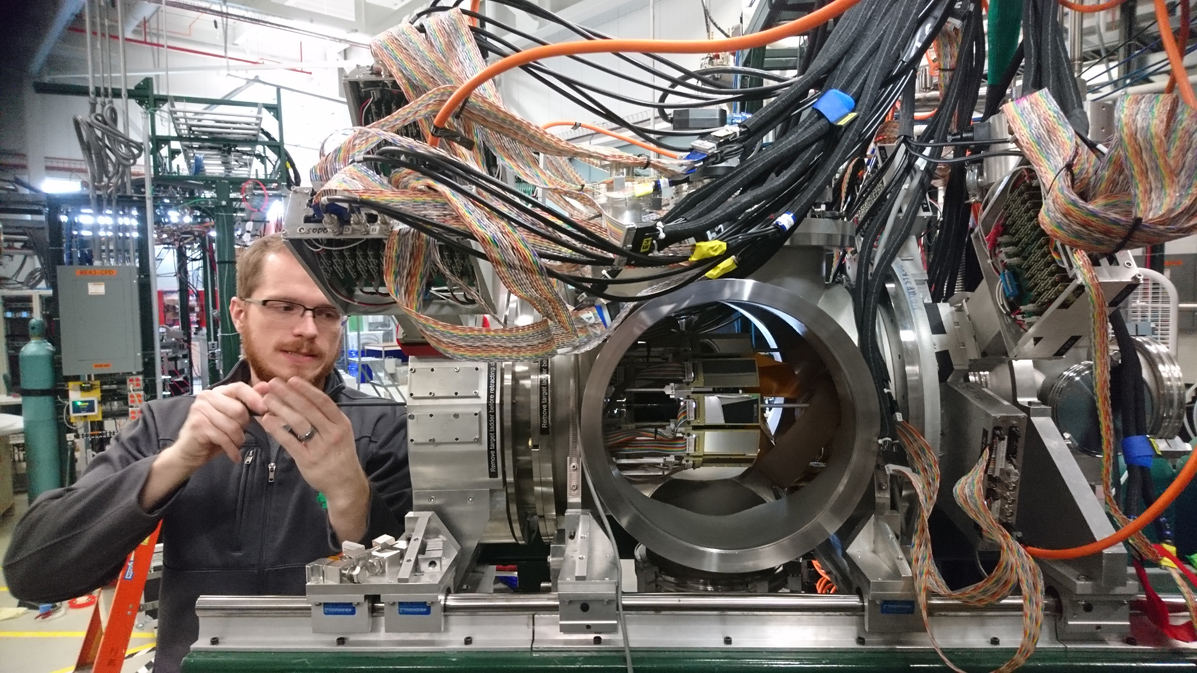
Dr Matthew Hall
PhD Thesis, University of Notre Dame (2019)
Nova explosions occur on the surface of a white dwarf that has accreted mass from a less-evolved companion star. Because models don’t reproduce observed nova properties, the successful detection of keV-MeV gamma energy rays would provide further constraints on nova models. Annihilation radiation, which is produced via e+-e- annihilation, should be the most intense source of gamma rays from the explosion. Notably, 18F is thought to be the dominant source of positrons because its long half-life
(~110 min) allows it to survive until the envelope of the explosion becomes transparent to gamma rays. A good understanding of the 18F(p,a)15O reaction rate, which destroys 18F before it can decay, is important to determine if these rays can be detected. Necessary for the calculation of the reaction rate is knowledge of the resonances arising due to energy levels in the compound nucleus, 19Ne. A 19F(3He,tg)19Ne reaction measurement was performed at Argonne National Laboratory to study these important energy levels. States in 19Ne were measured by detecting reaction tritons in the Oak Ridge Rutgers University Barrel Array (ORRUBA) in coincidence with rays detected in Gammasphere from the de-excitation of the 19Ne nuclei. In total, 41 transitions from 21 energy levels were measured in 19Ne, with 21 of those transitions being previously unobserved. Two 3/2+ states crucial to the reaction rate were found to have energies of 6423(3) and 6441(3) keV. This reduces the uncertainty on the 18F(p,a) reaction rate by factors of 1:5-17 in the temperature range of nova nucleosynthesis (0.1-0.25 GK), compared to rates calculated with the previous best energy constraints for those states.

